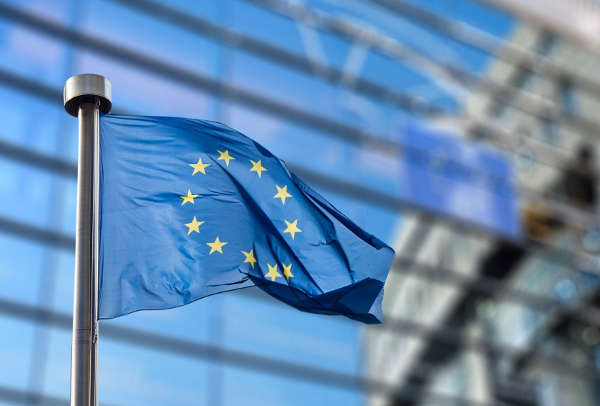The share of energy from renewable sources in the European Union (EU) is 16 percent.
To achieve this, EU countries have committed to reaching their own national renewables targets ranging from 10 percent in Malta to 53.9 percent in Sweden.
They are also each required to have at least 10 percent of their transport fuels come from renewable sources by 2020.
All EU countries have adopted national renewable energy action plans showing what actions they intend to take to meet their renewables targets.
These plans include sectoral targets for electricity, heating, and cooling, and transport; planned policy measures; the different mix of renewables technologies they expect to employ; and the planned use of cooperation mechanisms.
These are the EU countries with the highest share of energy coming from renewables:
1. Sweden: 53.9 percent
On target to run entirely on renewables by 2040.
2. Finland: 39.3 percent
Energy produced by wind doubled from 2014 to 2015.
3. Latvia: 37.6 percent
Planning a 40 percent share of renewables by 2020.
4. Austria: 33.0 percent
Wind and photovoltaic energy generation grew by a quarter from 2014 to 2015.
5. Denmark: 30.8 percent
Has already met its 2020 target of 30 percent
The slowest countries to take up renewables are Luxembourg, Malta, Netherlands, Belgium, and the United Kingdom.
The countries struggling the most to meet their goals are the Netherlands and France.













Comments